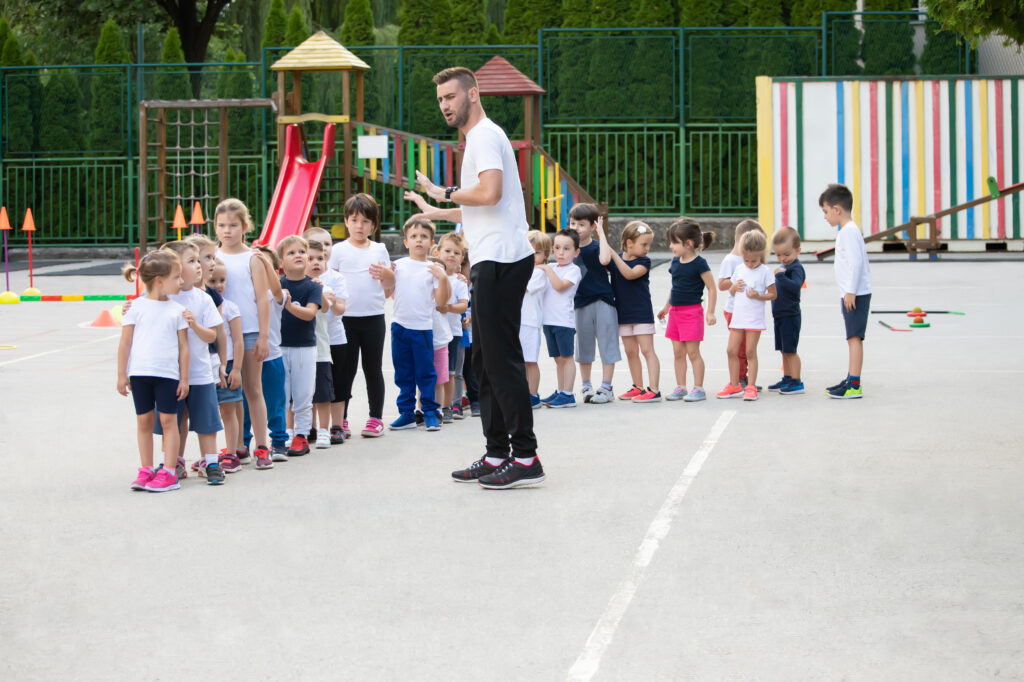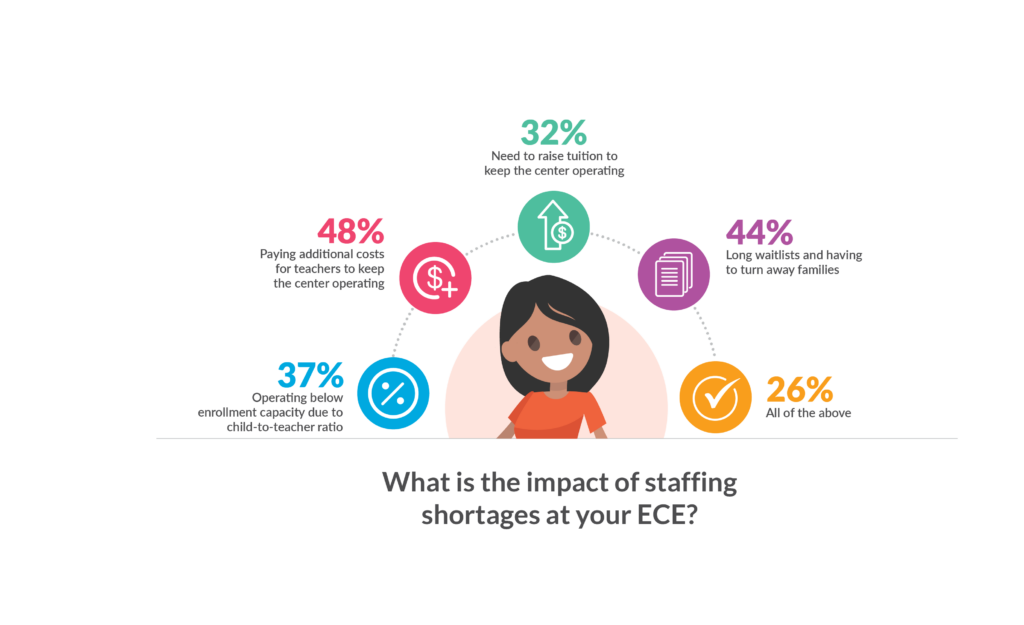
Active supervision in child care is the key to ensuring every child’s safety, well-being and thriving learning experiences. But what exactly does this entail and how can it be effectively implemented? Let’s take a close look at active supervision in child care environments to give providers a better sense of what it is!
What is Active Supervision in Child Care?
Active supervision promotes a safe environment and prevents injuries in young children and requires focused attention and intentional observation at all times, according to Head Start. Staff use active supervision strategies to make sure children of all ages explore their environments safely.
Active supervision involves constant vigilance. It includes multiple strategies to ensure that educators and caregivers are fully engaged with children and aware of their environment at all times.
This means actively scanning the room, listening attentively, counting heads frequently and anticipating children’s next moves to prevent accidents before they happen. It also involves engaging and interacting with children, which ensures safety and contributes to their social and educational development.
Why is Active Supervision Important in Child Care Settings?
The importance of active supervision stretches beyond the obvious requirement of keeping children safe from harm. It is a proactive rather than a reactive approach to child care that allows educators to identify and mitigate risks swiftly, support positive behaviors and provide immediate assistance.
Emotional safety is just as crucial! With active supervision, caregivers can detect if a child is feeling excluded, anxious or upset and can provide support and encouragement when needed.
Active supervision is also integral to fostering an ideal learning environment in which children can explore, be curious and become independent while still having the security that someone is overseeing their safety and well-being.
Examples of Active Supervision

Active supervision in action might look like a teacher who is positioned in a strategic location of the playground where he or she can oversee all activities or a caregiver who joins in during puzzle time to guide and monitor interaction.
It can also include checking the classroom for potential safety hazards before children arrive or conducting headcounts during transitions from one activity to another.
Let’s take a closer look at some active supervision strategies for your classroom:
Positioning: Always position yourself where you can see every child and every area of the room or outdoor space. Avoid turning your back to children whenever possible.
Scanning: Continuously scan the area visually and count children while taking note of the specifics of their activities.
Listening: Be attuned to the sounds in the environment such as different cries, calls for help or the sound of quiet—which can signal unsupervised activity. These sounds, or lack of them, require timely attention.
Anticipating: Know the developmental capabilities of each child in your care and anticipate what each child might do next. This helps in preventing accidents before they occur.
Engaging: Be actively involved with children. This encourages positive behavior and allows for immediate correction or instruction when necessary.
Counting: Regular headcounts, especially during transitions, are essential to assure that no child is unaccounted for.

Structuring: Plan and structure the environment to eliminate or minimize the chances of injury.
Teaching: Encourage children to understand and follow rules and routines. Teaching them about risk and safety is crucial to active supervision.
Check out this example of what active supervision might look like in your program from the National Center on Early Childhood Health and Wellness.
How Active Supervision Differs by Age Groups
Infants demand close, often one-on-one supervision because of their high dependency and limited mobility.
Toddlers require a balance between close supervision and freedom to explore because they are typically mobile and curious!
Preschoolers still need constant monitoring but can be given more autonomy in safe, well-structured environments.
School-aged children have enhanced understanding and can follow rules more independently. However, active supervision remains critical, especially in complex play activities.
How Procare Can Help!
Active supervision requires constant awareness, anticipation and a proactive mindset. Finding the right staff to take on active supervision is critical.
The 2024 Child Care Management Software Industry Trends Report from Procare Solutions found that 61% of respondents said it’s a challenge to hire and retain staff. The data from the report shows that staffing shortages are affecting centers in multiple ways:

With Procare, your child care center can easily keep track of staff information, including availability/scheduling, immunization records, background checks and additional details of employment.
This makes it easy to build a network of qualified child care providers that can be accessed to fill full-time roles or to substitute for a full-time staff member who is sick or absent. Procare also helps streamline staff management activities such as time cards, payroll and calculating benefit hours.
Filling out paperwork with pen and paper is tedious. And it’s a pain for you to input all that information into your system. Procare can automate all of this for you. And you can store signed documents in one central location.
Child care administrators can use the Procare child care mobile app to communicate directly with staff members about scheduling changes, new policies and procedures as well as initiatives to improve operations and safety at the center.
Procare’s technology allows teachers and staff to sign in and out easily using a tablet. Timecards automatically are updated! Download this free infographic to learn more about how child care management software from Procare can help address challenges in child care staffing and join us for a personalized demo to get your questions answered.


